The Last of Us Part II Remastered is the best way to play a divisive (but important) PS4 game on PS5.
Reviewed on a PlayStation 5 console (in 1440p performance mode).
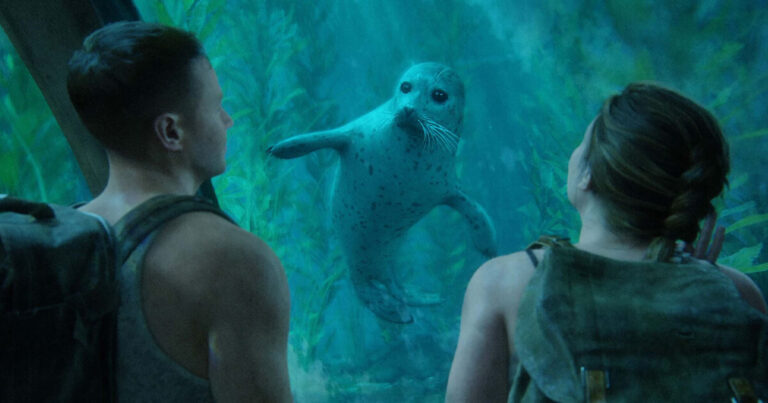
When The Last of Us Part II hit PS4 in 2020, there were strict review embargo rules around what you could and couldn’t talk about. The basic translation was you were allowed to talk about the first half of the game and not the hugely important—not to mention divisive—second half of the experience.
Fast-forward to more recent times and The Last of Us Part II Remastered is out in the world. I had a lot to say about it at launch, but I never got to write about it. I’m rectifying that here. My review is split into three parts, with the first two sections dedicated to the remastered experience, and the third section a dissection of what it’s like reliving the heartbreak and structural disappointments of The Last of Us Part II all over again.
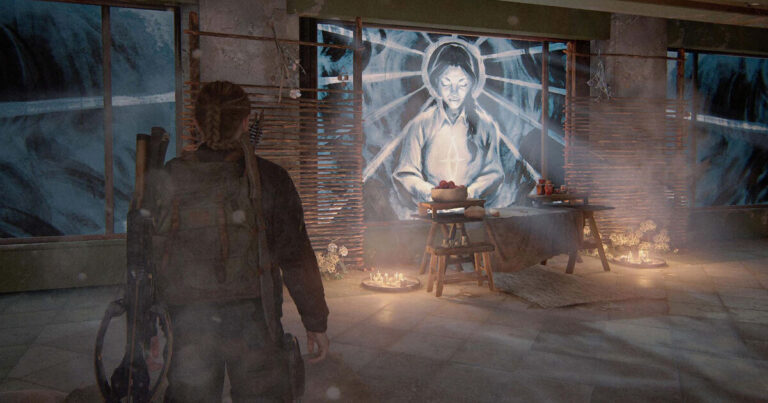
The divine
The Last of Us Part II Remastered is a better version of the game fans recall. Even if you didn’t love it, there’s even more value in this Remastered version than there was in the original, more so if you haven’t played it since its 2020 launch. The $20 upgrade fee is appropriate in the context of the new content, particularly if you get hooked on the No Return mode.
No Return is a separate roguelite mode that challenges players to survive a variety of combat encounters in familiar but tailored set pieces. You start out with a couple of characters, each with different abilities and loadouts, and there’s a steady stream of gameplay and cosmetic unlocks to keep you coming back for more. Failing a run of stitched-together semi-randomised encounters still has overarching progress, so there’s enough to keep you hooked for hours if it’s your jam (and it was mine).
For budding game devs or those keen to peek behind the Naughty Dog curtain, there’s a trio of deleted levels to sample. They’re neither feature finished nor longer than about 20 or 30 minutes to knock over all three, but I did appreciate the dev explanations for why they weren’t included, where they would’ve featured in the story and what they were hoping to achieve.
If you’ve never played The Last of Us Part II and own a PlayStation 5, well, go play the first game for starters. Then you should have no hesitation jumping into the best version of the sequel, spared of the misunderstandings over value tied to a “Remake” that created a stir with the PS5 version of The Last of Us.
I only played The Last of Us Part II once when it launched in 2020 and feel I absolutely got enough value out of Remastered. Naughty Dog’s signature set pieces play just as well today as they did for the original launch and, when all of the narrative stars align, it’s impossible to not get swept up in a fully engaging experience. It was great to revisit after playing through its predecessor at the end of 2023, even if my feelings on how the story plays out have only been solidified by a second play-through. But before I dive into that, let’s look at what doesn’t work about the remaster.
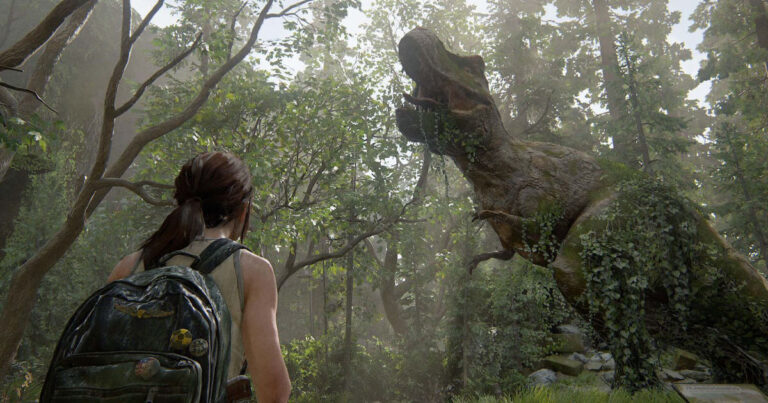
The divided
Sony copped flak for putting a “remake” label on The Last of Us Part I in 2022. In Sony’s defence, it is a remake in the literal sense: the older game was remade in a newer engine, faithfully preserved with a couple of quality-of-life additions from Part II. The problem, though, is the gaming world understands remake in the context of Dead Space, Resident Evil 4 and other instances that are more reimagings than a new splash of paint.
Those visually enhanced games tend to be called remasters. If you’re playing The Last of Us Part II and you think that it’s as good as you remember, well, that’s because it is. Outside of 4K textures in fidelity mode—which locks the game at 30 frames per second (unless you tweak settings)—the 1440p performance mode is effectively the same game with very few changes. Basically, if you were expecting bigger visual upgrades, you may be disappointed. The other thing worth flagging is the AI jank—mostly friendlies but also exploitable enemies—return from the PS4 version untouched.
In terms of other new content, there is a free-form guitar mode for those who want to jam but that’s about it. It’s not a huge amount of new but with the hours of potential gameplay in No Return and a campaign that takes 20+ hours to finish, there’s certainly enough here to justify the upgrade or brand-new price on the tin.
More so if you stay connected for the entirety of the experience, which I did not.
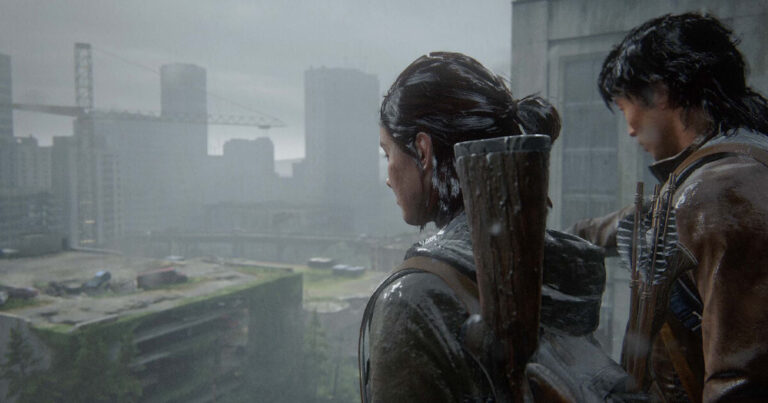
The divisive
Spoilers ahead: Please don’t read on if you haven’t finished The Last of Us and The Last of Us Part II… or BioShock. Here be spoilers.
I love The Last of Us. It’s one of my favourite game experiences of all time. Sure, the gameplay hasn’t aged as well as its sequel. But it’s a brilliantly paced experience that combines an addictive stealth-to-brutal-action gameplay loop with excellent characterisation and a straightforward but incredibly well-told story. And, oh boy, that ending. What an ending.
It’s one of those games that didn’t need a sequel but, equally, left space for there to be one. Naughty Dog decided that risking a sequel was worthwhile. It worked for Uncharted 2—a better game than its predecessor in almost every respect—so why not for The Last of Us Part II?
To say I love half of The Last of Us Part II is an oversimplification. The evolved gameplay throughout feels so much better and the little moment-to-moment additions, like enemies calling out the name of their buddy you just murdered, makes it all hit harder: emotionally and in terms of brutal satisfaction for twisted gamers like me.
To go from the fantastic pacing of the original game to the opening two hours of Part II is a slog. Naughty Dog could’ve comfortably cut an hour of that opening to make things more initially compelling. As it stands, it’s a messy mix of multiple perspectives that, sure, is supposed to foreshadow the rest of the game. Paradoxically, it has the opposite impact for me because of how the rest of the game is structured. Namely, a big line-in-the-sand split between Ellie and Abby sections.
Get past those clunky opening hours and the next 10+ hours are effectively vintage Naughty Dog. But then, that’s to be expected because those 10+ hours are played as Ellie. The original game was a slow build of player connection with Ellie but by the end you’d better believe I gunned down everyone in that operating room, edge of my seat, for daring to think about killing Ellie. Such was my alignment with Joel’s thanks to Naughty Dog’s telling most of that story from his perspective. Humanity’s salvation be damned.
So when Abby—Part II’s antagonist cum co-protagonist—takes a golf club to Joel’s noggin like he’s Andrew Ryan without so much as a “would you kindly”, I was absolutely onboard with Ellie’s vengeful plight. No matter what it took. No matter how many people I had to kill. How dare she take Joel away from Ellie. From me.
And here’s the thing. Joel deserves to die. To karmically balance the scales for robbing humanity of a shot at a cure, immunity, of hope, Joel 100% has to bite the dust. But Naughty Dog doesn’t kill Joel. They butcher him. Worse, Abby tells Joel it’s not going to be quick. She relishes in his slow death and effectively forces Ellie to watch. Abby’s friend Manny spits on Joel’s battered body. Later, we’re forced to relive Abby’s butchery. And after that, Nora undermines an empathetic moment with Ellie about still hearing Joel’s screams by saying he got what he deserved in more provocative terms.
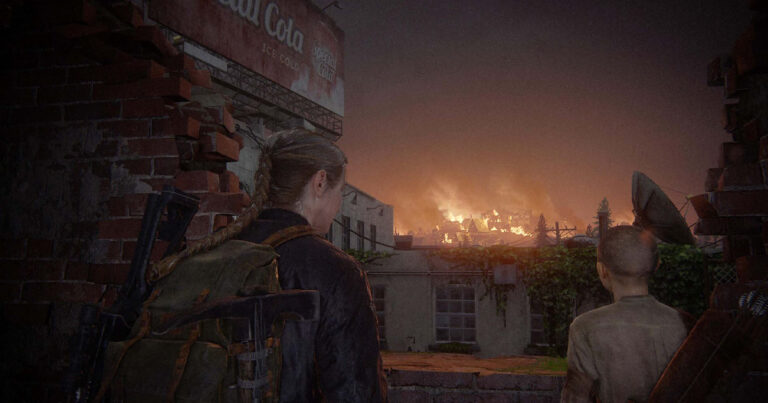
The only one in Abby’s group that has any sort of redeemable quality is Owen. Even the obviously pregnant Mel— the one that Naughty Dog goes out of its way to tell the player her death is a bad thing—is the same person who instructed her crew to kill Ellie and Tommy post Joel desecration. And Abby, well, she was damned the moment she swung that golf club. Again and again. There was no way I was ever going to forgive her, therefore it felt impossible that I was going to connect with her half of the story.
Naughty Dog doesn’t do itself any favours for players like me—the ones who love Joel so much that Abby forgiveness is already a hill too high—with the way the story is structured. There is a sympathetic arc for Abby in The Last of Us Part II, something that Naughty Dog takes great pains to show in a game that’s way too long, but it’s buried in the back half of the game where it doesn’t have any chance of coming close to converting players like me.
Alice is the best example. She’s one of the many dogs you come across in The Last of Us Part II. But you only get to meet her after you’ve not only killed her, but you’ve also potentially killed dozens of dogs. Her death is quick—something Abby Joel Slayer could take notes on—and in self-defence when she tries to rip out Ellie’s throat. It’s not lost on me that I am very comfortable with killing scores of digital humans in games but deeply uncomfortable with killing animals. Still, Alice deserved better.
Later in the game, when you’re playing as Abby, you meet Alice at the WLF’s stadium home base. If you want to, you can and absolutely should pat her and play fetch, something you get to do again later in the story. Had those moments come earlier in the game, Alice’s death would’ve hit a lot harder having known her first than finding out later who she was. It’s the equivalent of finding out someone’s story after they’ve died rather than them being part of your story when they lived.
And this is just one example of what makes the second half of The Last of Us Part II drag. Instead of keeping the days alternating between the perspectives of Ellie and Abby, humanising (irredeemable) Abby and her (equally irredeemable) friends, there might’ve been a chance to win over players like me. Whenever I died playing as Ellie, the misstep registered on a deeper level because of my connection to her.
Whenever Abby died, I didn’t care. It’s such an odd comedown to go from a fully connected experience—honed gameplay and compelling characterisation—to what amounts to No Return mode with cutscenes playing as Abby. I wasn’t connected to Abby, so as great as the combat is, as interesting as the world is around her, and as much as I like Yara and Lev, it’s disappointing to play admittedly great gameplay without any connection to the main player character.
What further complicates empathy for Abby is how the two warring factions in her world are handled. We get to spend more time with the WLF, so it’s easier to give them humanising moments despite their ruthless militarism. But the snippets we see of the WLF’s enemies, the Seraphites, are basically a militant version of the Westboro Baptist Church. They’re a cult with dangerous ideas who treat their own people horrifically and their enemies even worse. Abby and co refer to them as “Scars”, frequently dehumanising them. In a game that’s trying to humanise an obvious antagonist (Abby), it feels out of place that there is an obvious bad side in the WLF-vs-Seraphites conflict.
When you finally, finally, get to play as Ellie again, Naughty Dog drops the ball again right at the finish line. I can appreciate the exploration of cyclical violence, of the proverb that advises anyone seeking revenge to dig two graves. But that proverb is less impactful when two graves becomes two hundred. In that context, after all she’s gone through, why wouldn’t Ellie kill Abby at the end?
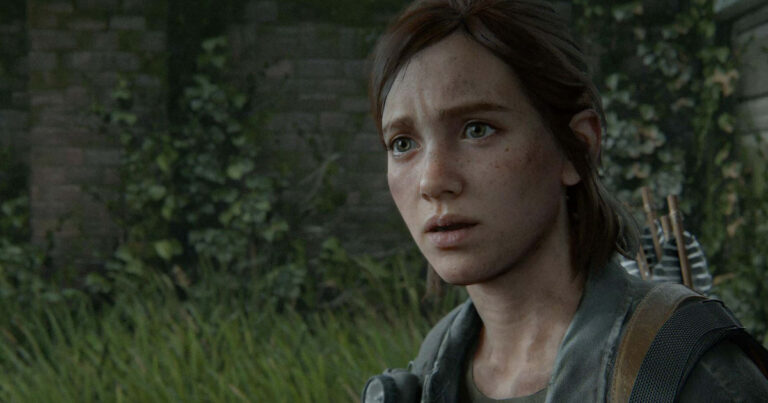
More importantly, surely Ellie killing Abby solidifies the message the game is exploring. Ellie has lost everything to pursue Abby this one last time. And once Abby is dead, Ellie has less than nothing. Revenge, taken to an Ellie extreme, is a self-isolating pursuit. Emotionally, it smacks of the bittersweet ending of the original game, minus the all-important “sweet”. Joel’s surface-level sin was robbing the world of a potential cure or immunisation.
But his real crime is that he robbed Ellie of her agency. But then so did Abby’s dad, the doctor who coerces Marlene into giving her blessing to let Ellie die rather than just asking the teenage guinea pig prepped for surgery. It really doesn’t make any sense to me, thematically or in terms of Ellie’s character, when she decides that killing Abby is a bridge too far after the cemetery she’s filled with Abby’s friends and brothers/sisters in arms.
For players like me who are unable to connect with Abby, there is hope. A PC release of The Last of Us Part II with mod support could lead to a (hopefully not-too-tough) restructure of the game. Or I suppose I could just do a New Game Plus run down the track and play the chapters out of order. My real hope is the HBO TV show does some Lord of the Rings-type novel-to-screen shuffling and structures things in a way that gives the audience—especially those who haven’t played the game—the opportunity to connect with Abby. As for the game, narratively, Joel deserved better. Ellie deserved better. And Abby deserved better, too.
Related Articles






